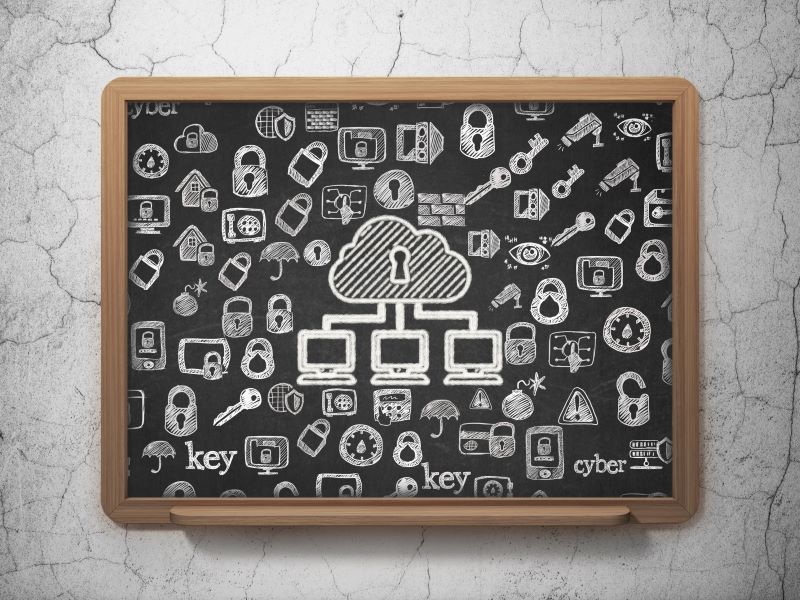We live in an age of random public violence. Our institutions like education are, quite literally, under fire.
Schools have been seen to benefit by the implementation of Public Safety Software that can coordinate disaster response faster and more efficiently, and provide schools with the ability to document every step in fine detail for post-action analysis.
Computer-Aided Dispatch (CAD)
The dispatch center is at the heart of daily security operations. Dispatchers are responsible for the input and retrieval of crucial information that can track personnel and manage critical threats.
Dispatchers frequently operate under stressful crisis conditions, which is why the CAD system should provide multiple ways to work within the system including command line, mouse and function keys. The software must allow them the ability to work on simultaneous events.
Schools should have the option to script policies and disaster response directly into the software. No one has time to look up “flip charts.”
For example, identifying an incident as a “bomb threat” can automatically send text messages or e-mail alerts to pre-selected key individuals in the organization. Additional workflow rules can walk the dispatcher through a checklist of questions about a bomb threat, using the responses to trigger other actions specified in your policies and procedures.
This ensures that personnel stay on task during the event and, in the aftermath, the school can prove all due diligence was performed. A school should be empowered to add, delete, and modify configurations as those requirements change, without the vendor’s help.
Visitor Management
It is important to know who is on your campus and why.
A visitor tracking module would allow the organization to register visitors, vendors and guests so that all of the details of the visit are recorded. This includes all of the specifics of the individual visiting like address, phone numbers, email and photos, along with who they are meeting.
Each visit has an expected departure date and time, so the organization will always know when an individual has overstayed their visit. If a visitor has an alert associated with their name, such as being a banned person, the security officer will be immediately notified before the visitor badge is issued.
A good VM system also simplifies the data entry process when there are repeat visitors by filling in all of the details about the person just by entering their ID. This module should easily show all of the on-premise visitors, visitors that are overdue for checkout as well as all visitors that are scheduled to show up in the future. Ideally, all visits are recorded to a master names file so that management can easily see who has been showing up and when, through onboard analytics.
Banned Persons of Interest
A quality Incident Command System allows the security department to capture and store photos/video or documents associated with incidents or people. This tool can be used to keep track of unwelcome individuals or photos of incident activity from monitoring cameras.
If an individual is banned at one school, they can be banned at all schools in the district. Changes in a subject’s appearance are also tracked, and their complete history with campus safety is readily available to officers in the field.
Analytics
It is no longer enough to simply collect information. The system must provide deep analysis through a streamlined, single-entry reporting environment for officers with the specific goal of dramatically reducing the time spent creating reports and increasing face time with the campus community.
Optimally, a list of reports for which each officer is responsible is generated automatically from a system’s case reporting system. A narrative form offers text editing capabilities with spell checking and importing tools to incorporate text entered through other programs. This ensures more consistent and complete reporting by officers.
Multiple reports are then generated from the single-entry forms and can be passed to records and/or supervisors for verification and review. Officers are notified if reports are past due.
Detailed metrics on all organizational tasks give you the hard data you need to make confident policy decisions. All user activity is tracked with date/time stamps. The system tracks security actions and provides a clear management overview. It records all information on incidents from the moment of inception through the entire reporting process while securely recording all personnel activity.
Dispatchers can track and log all security activity including security incidents, escorts, maintenance, parking lot transports, etc. This information may then be published on a map for future analysis or real time tracking of security personnel along with their escort assignments. Management tools are then available to show how much time is spent in each security activity.
Reports should be able to be scheduled and sent via internal system email to recipients as desired.
These are the main tools that a school should have, at minimum, to keep students/staff/faculty safer and to respond much faster and more accurately to a sentinel event with full documentation should any subsequent litigation occur.
This information is courtesy of Cyrun, a privately held top provider of K12 and Incident Management Software, with 1.5 million K12 students under their umbrella every day, www.cyrun.com






